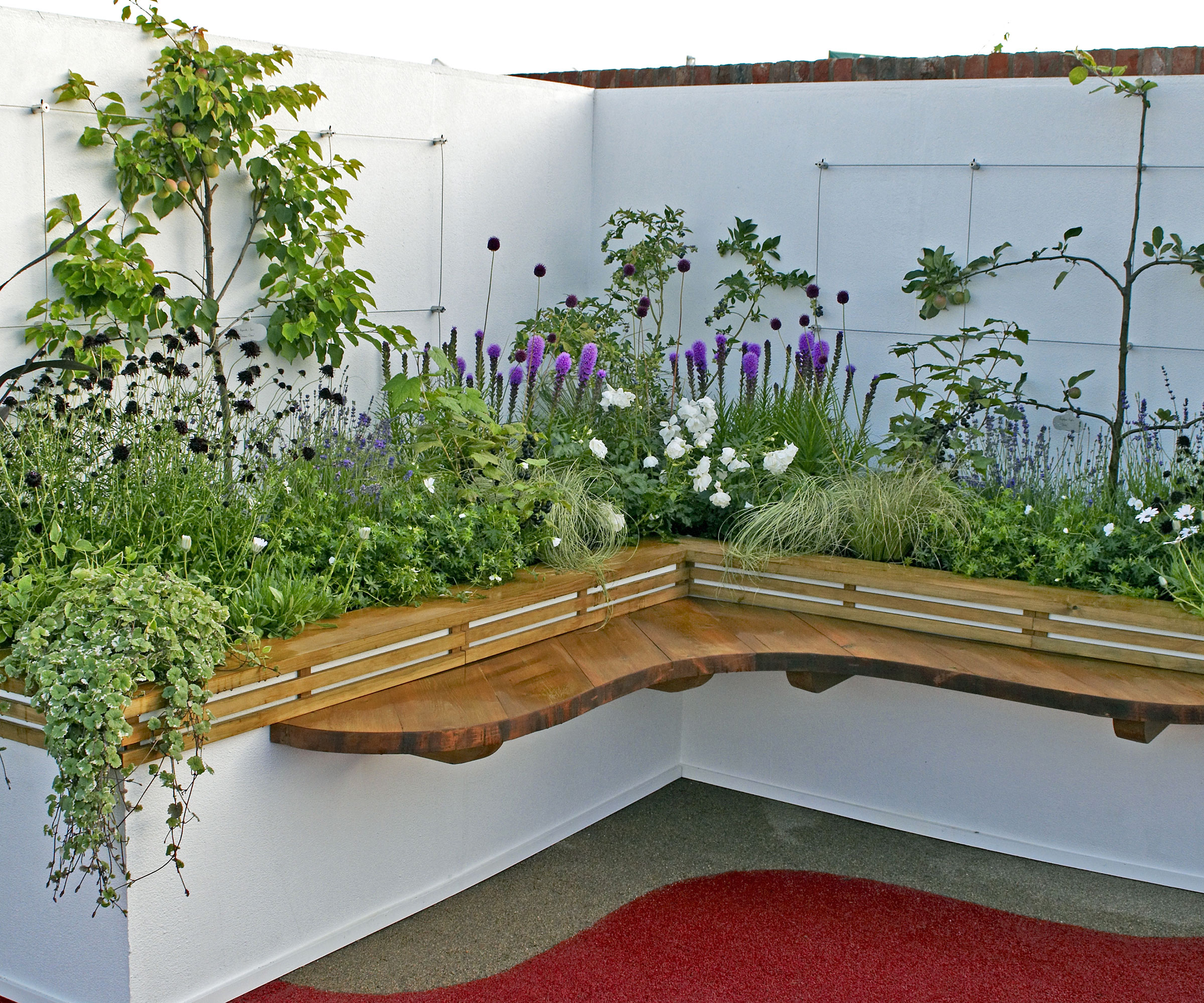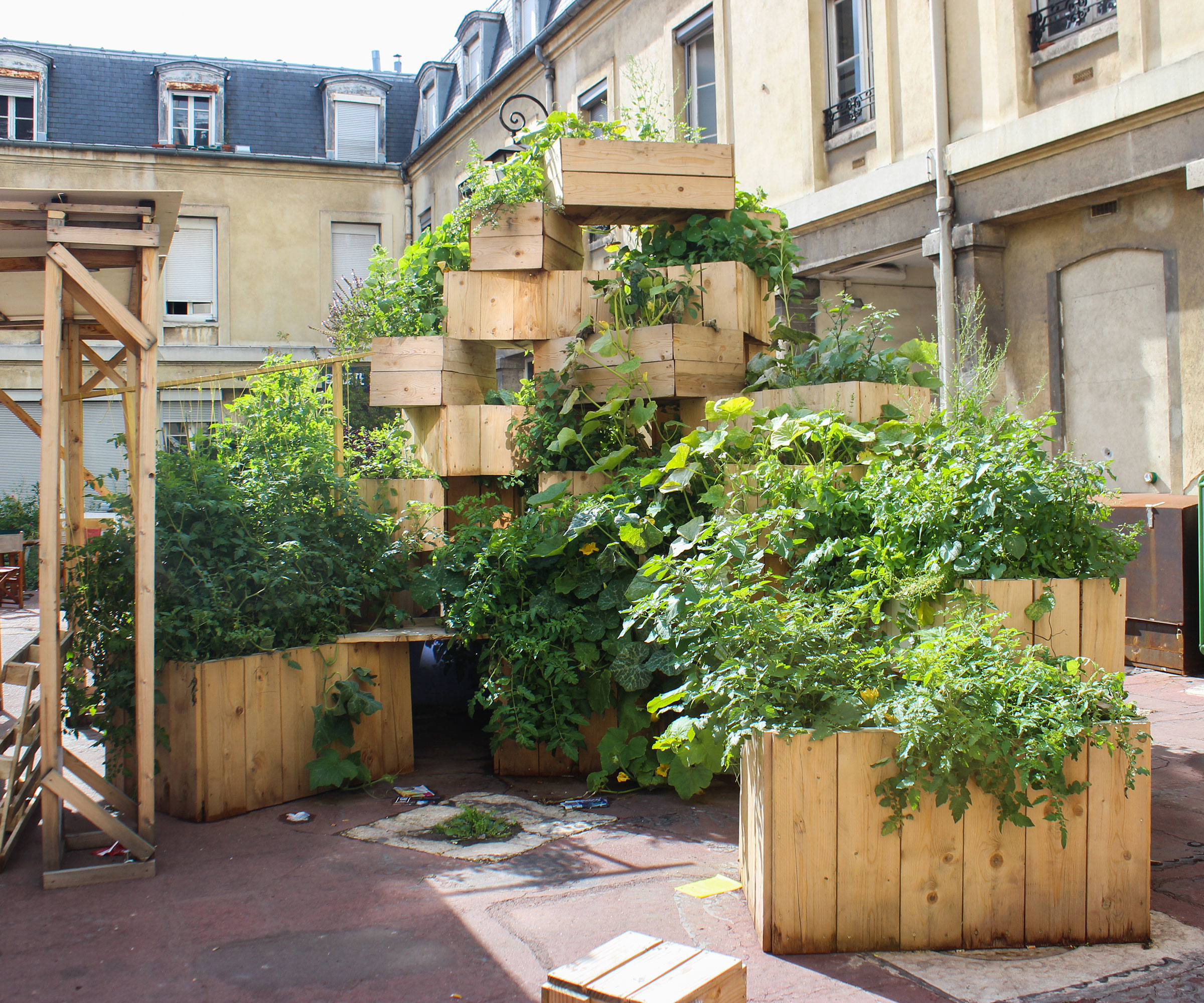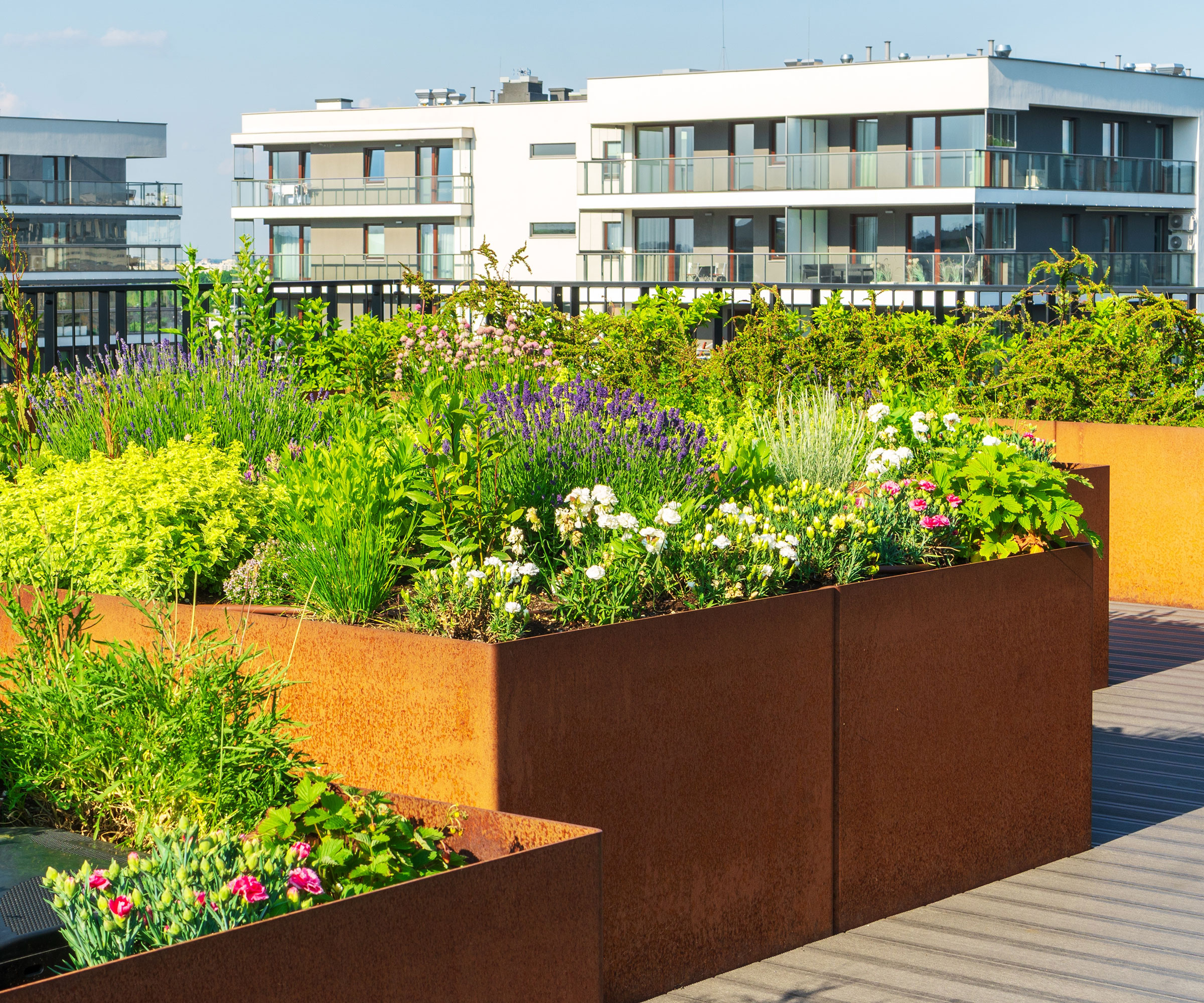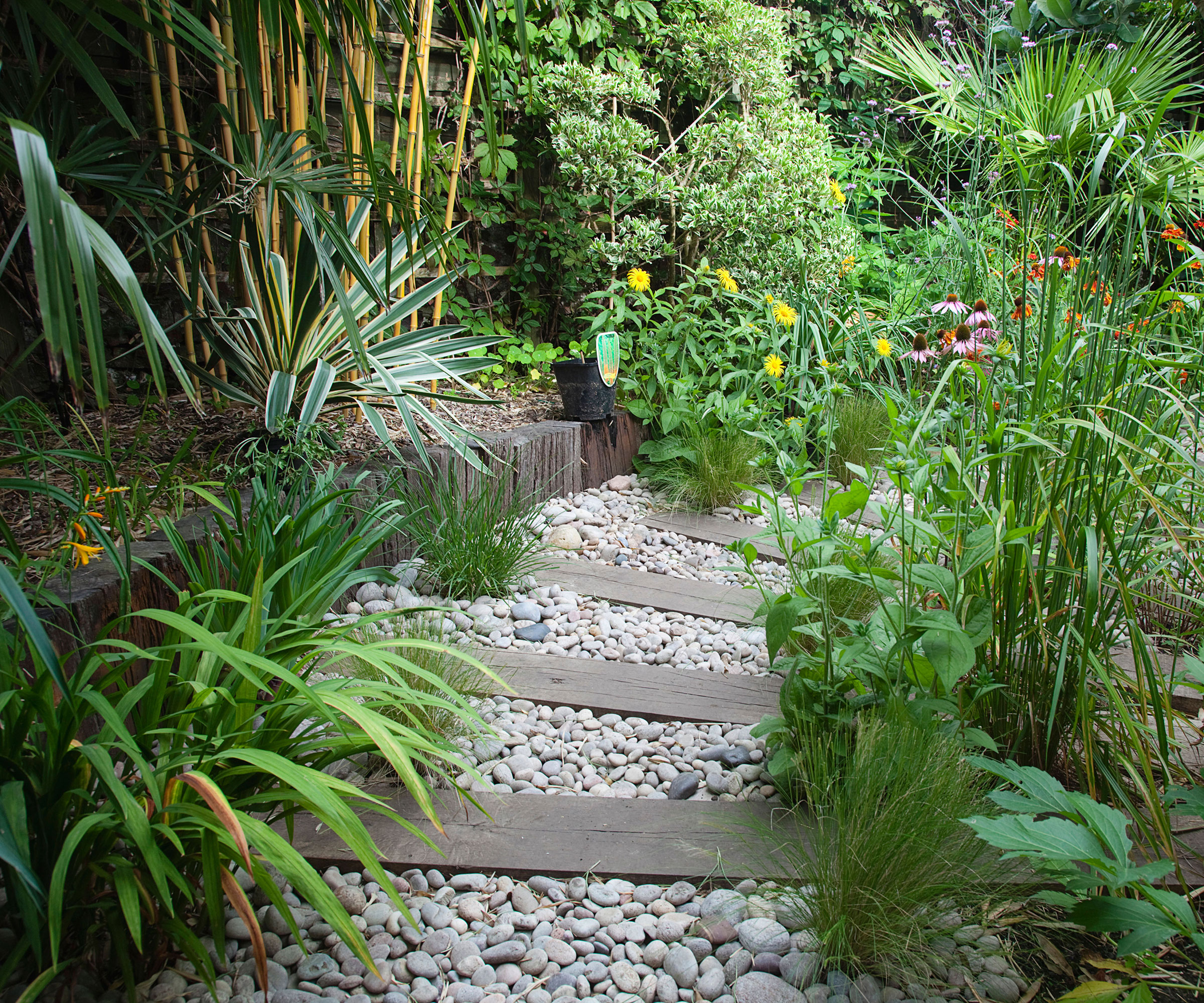5 Urban Garden Ideas For Any Home – Add Natural Flair To The Tiniest Living Spaces
Just because you live in a city, town or built-up area doesn’t mean you have to do without! Try these urban garden ideas to make a green haven even in limited space


Urban gardening can be challenging due to a lack of space, poor soil quality and other factors. However, even if you live in a small apartment or only have a balcony or tiny patch of yard, you can still get creative with a few clever urban garden ideas. Smart urban garden designs make use of what’s available to allow you to create a small backyard oasis anywhere, even if you’re in a concrete jungle!
Urban gardening techniques are different from other types of gardening, due to the inherent limitations: less space, poor quality soil, limited sunlight due to buildings and, for some people, costs and access to materials. But here are five urban garden ideas you can try even in a tiny urban dwelling.
Impactful Small Urban Garden Ideas
Gardening in an urban setting requires careful planning. When considering small urban backyard ideas for gardens, consider how best to utilize the space you have. Measure the amount of sunlight each area gets throughout the day. Take a look at the soil and determine if you’ll need to amend it with compost or other materials. This type of gardening can work, but you’ll need a little more planning and creativity for these smart urban garden ideas to have the best chance.
Gathering all the small city backyard ideas you can find will inspire you to create a garden even in limited space. Gardening this way requires ingenuity and a bit of courage. Consider the elements already in place, and how you can use them as hardscaping in your garden. Upcycle items to make unique planters. You may already have a few apartment plants, but don’t be afraid to use small but striking plants outdoors to make a big impact in less space. Try these ideas to get started.
1. Raised Beds

Raised beds are ideal for urban gardening because they allow you to control the soil. Many urban sites have poor soil or even soil contaminated with toxic materials. With raised beds, you get to create the soil mix.
It is possible to create unique raised garden beds in small spaces if you plan well and are willing to be strategic. Make your own raised beds or use small beds to fit them into the unique space you have available. Modular beds work well for small spaces because they allow you to create different configurations. Use them in small yards or even on balconies.
2. Vertical Gardening

In city gardening, it helps to make use of all the space, even the walls. Both indoors and out, you can create clever vertical vegetable gardens or ornamental options using pre-made systems, or even what you already have. A trellis added to a balcony, for instance, allows you to grow a vining flower or vegetables, like beans.
Sign up for the Gardening Know How newsletter today and receive a free copy of our e-book "How to Grow Delicious Tomatoes".
You can attach structures to walls to grow all types of plants vertically. Companies make vertical systems you can install or use something like an old shipping pallet to create spaces to tuck in plants. Vertical systems like these require careful planning for drainage and watering, though, so take your time in getting the foundations right.
3. Rooftop Gardening

Among the many unique tiny urban garden ideas, rooftop gardening is one of the most creative ways to make use of what you have. If you have access to your building’s roof and you have permission to use it, you have a great space for growing plants in full sun. Use raised beds and containers to create an urban oasis up high. An added benefit of rooftop growing is that the plants will eventually help to cool the building, ultimately lowering energy costs. This is a win-win for garden lovers!
4. Trick the Eye to Add Space

If you have a small yard for gardening, a few simple landscaping tricks to connect a garden will help to make it look larger. Create a curving path to create depth and the appearance of it winding off into the distance. Use climbing plants on overlapping trellises to act as privacy screens that give the illusion that there are more plants deeper in the garden. A strategically placed mirror can also open up a small space.
A common mistake in a small space is to skimp on hardscaping. Make use of stones and similar hard elements to create different areas of the garden. This gives an illusion of more space. Use a low stone wall, for instance, to divide two areas and use different plants to create separate spaces.
5. Share Green Spaces

One of the best ways for you to enjoy gardening in an urban setting is to create or join a community garden. These shared gardens or pocket parks make use of limited urban space while also bringing neighbors together. If you don’t have any community gardens in your area, consider working with local government and businesses to build one in a vacant lot or on an available rooftop.
Frequently Asked Questions
What Plants are Best for Urban Gardening?
The best plants for urban spaces make a big impact in less space. Some good examples include dwarf fountain grasses, small ornamental trees like dogwood or Japanese maple, evergreens that grow narrowly like Beanpole yew, and colorful perennials like heuchera, sedum and black-eyed Susan.
What are the Cons of Urban Gardening?
The cons and challenges of urban gardening can include small spaces, poor or even contaminated soils, and limited sunlight. However, these should not dissuade you from making any improvements possible. The pros outweigh the cons if you wish to boost the appeal of your urban space and create potentially beautiful urban gardens.

Mary Ellen Ellis has been gardening for over 20 years. With degrees in Chemistry and Biology, Mary Ellen's specialties are flowers, native plants, and herbs.